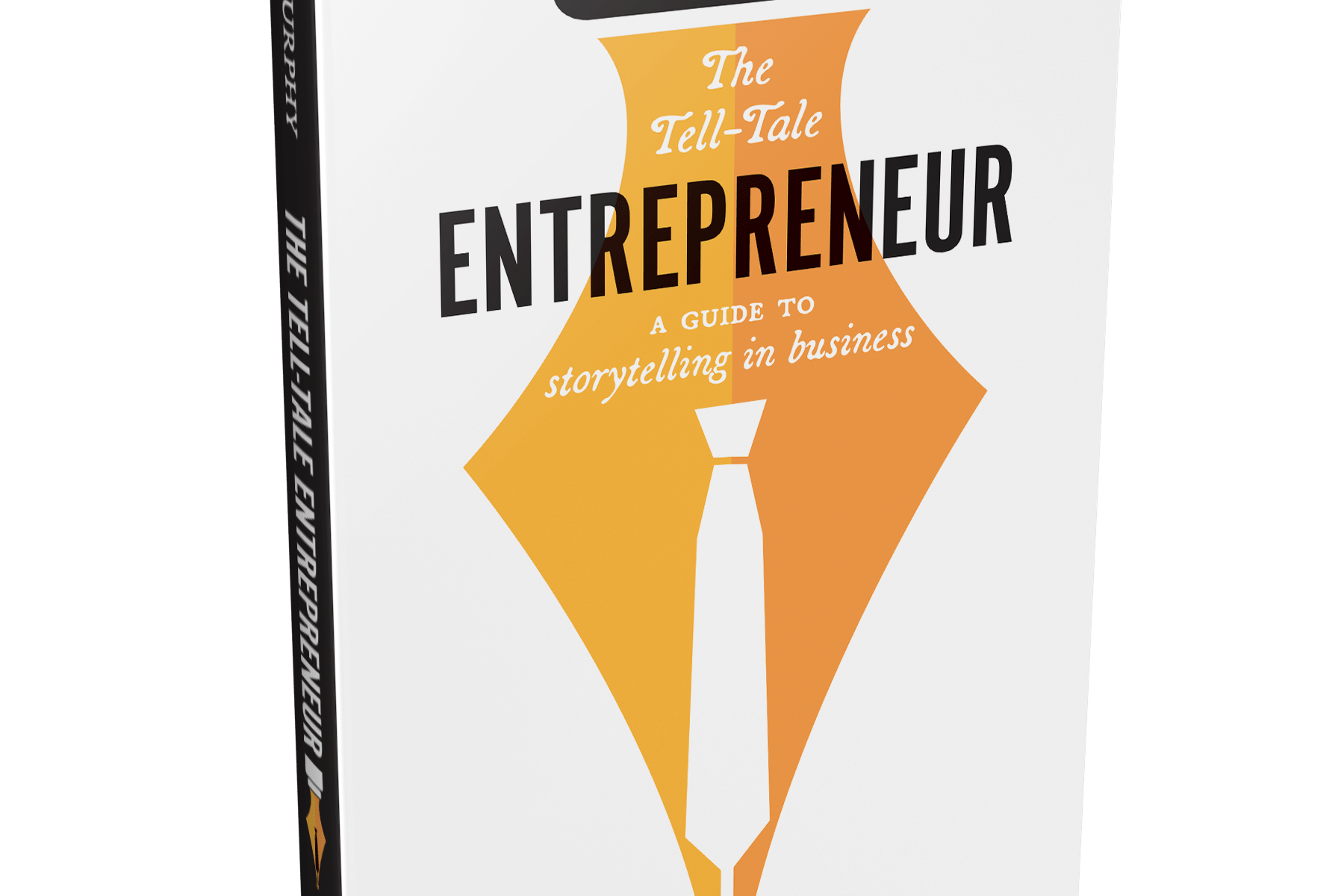It’s a given in the business world that whenever you need to communicate to a group you need a slide deck. Yet we vigorously agree that most pitches are miserably bad, for all the usual reasons. All about the presenter’s product, not audience needs. A firehose of technical detail designed to drown any possible objection. A script to hide behind so the presenter won’t forget any points they want to make, and a convenient shield against anything the audience might have to say. Take a risk – consider pitching without a net.

When slides are a bad idea
We all nod, recognizing well these sins in others. Then we race off to commit the very same mistakes in our own pitches. Evidently knowing what not to do is not enough. Sometimes we need to reset, to ask what our audience wants from this interaction. Sometimes they want data, and a pitch may be as good a way as any to deliver that information. Sometimes slides aren’t the right answer.
When your audience wants a discussion about their needs, especially if you’ve not been delivering to those needs, then slides are like a red rag to a bull. Whatever spin you put on them, slides say “I know how to fix the mess I made. You should listen attentively because I’m going to explain.” The worst possible place to rebuild a damaged relationship is to walk through a tedious exposition of your solution to a problem that, based on the evidence, you clearly don’t understand.
Ditching the pitch
I have to admit that I’ve messed up – many times. I’ve had to face angry customers, rebuild confidence that we were still the right choice. Like most of us, I’ve always prepared very carefully, slide deck at the ready, knowing that in some way I would have to explain our under-performance and our suggestions for climbing back out of the hole.
The real challenge is in knowing how to use that information in the meeting. Marching through the slides would be suicidal, see above. A more rational approach would be to have a discussion, let your customer vent, figure out their most pressing concerns and show a slide or two that might be relevant. Or maybe show a scaled back version of the pitch, trimmed to address your now improved understanding. Sometimes that does the trick. But I have also tried a different approach which can work even better, if you have the stomach for it. I give my pitch without slides.
It’s easier than you think
Two points here. First, I imagine you recoiled in horror at the thought of losing your precious slides, your safety net. Without that net you’ll surely fail. But as we constantly remind our customers, we shouldn’t let fear of failure outweigh the upside. And I’m not suggesting you shouldn’t build slides – only that maybe you shouldn’t present them.
Second, this doesn’t take a superhuman feat of memory. When I pitch in this way, I remember the main flow and some features from my slides. But I haven’t memorized them, and I don’t recite a mental walk-through. Instead, I tell a story of how we’ve been working to meet this valued customer’s needs, weaving in key points I remember from my deck.
What’s the upside? Without slides, the audience can’t read ahead. They have to listen to you. They have no time to misinterpret what you’re about to say or trip you up on ambiguities. You’re looking at them, so you see body language. The format is inherently interactive. If someone has a question, you can deal with it quickly. That builds trust – you’re paying attention to their feedback, you’re tracking what they care about, not what you care about. At the end of one memorable talk I gave, my initially hostile audience were thanking me for a great discussion. That’s an outcome that might be worth the risk.
Want to know more? I tell that story in The Tell-Tale Entrepreneur, along with several other stories on the power of storytelling in business settings.
Share this post via:






Has ASML Reached the Great Wall of China